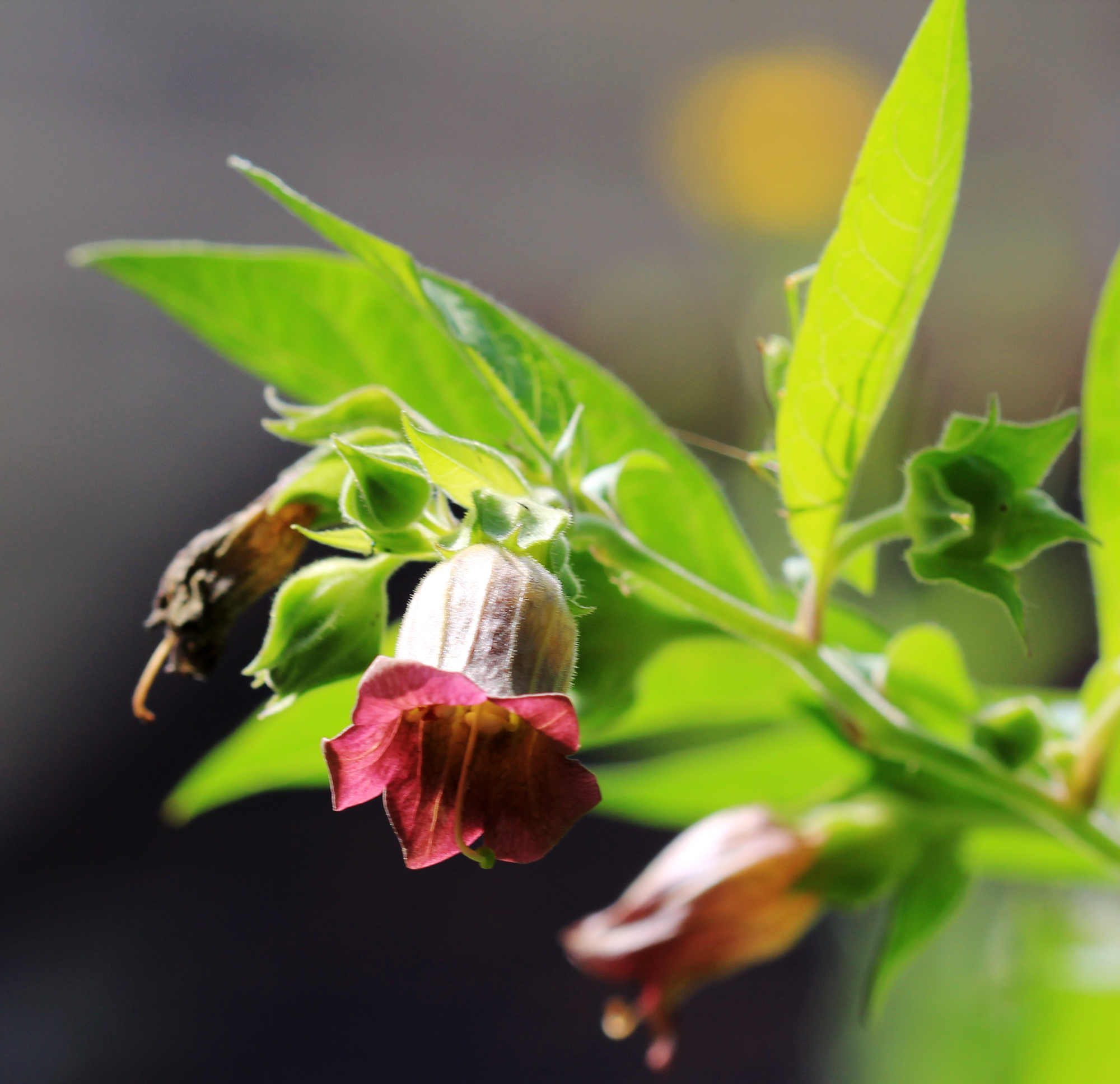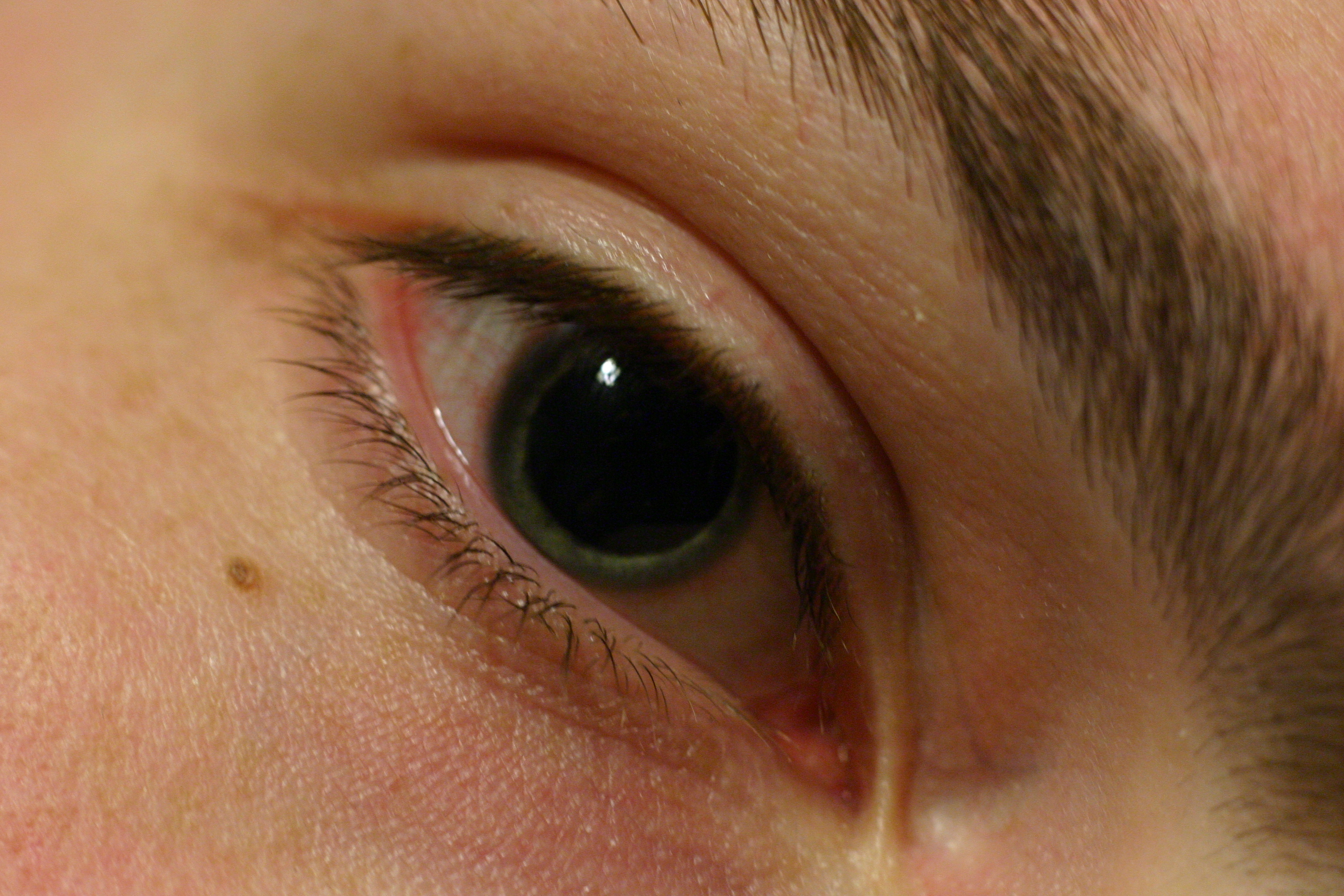Adaptation
Atropa belladonna is well adapted to
live in its environment in many ways. One adaptation is its
height. Belladonna grows to approximately two or three feet. The
short size of the organism is not surprising being that it grows
in shady moist areas. If the plant were taller then it would be
exposed to too much sunlight which attracts predators like the
flea beetle and other insects. This would be detrimental to the
plants survival. The plants flowers are another adaptation. The
purple color of the flower can attract pollinators like certain insects as well as
birds. Birds are also used in dispersal of the seeds of the
plant. The sweet tasting berries that are eaten by the birds are
yet another adaptation. Seeds are contained within the berries,
therefore organisms that eat the berries will spread the plant
in their excrement. Perhaps the most important adaptation of
belladonna is the toxin it contains.
flower can attract pollinators like certain insects as well as
birds. Birds are also used in dispersal of the seeds of the
plant. The sweet tasting berries that are eaten by the birds are
yet another adaptation. Seeds are contained within the berries,
therefore organisms that eat the berries will spread the plant
in their excrement. Perhaps the most important adaptation of
belladonna is the toxin it contains.
The main chemical element in Atropa belladonna is the alkaloid Atropine, which is given by the chemical formula:
C17H23NO3
Also found in the plant is Hyoscyomine,
Belladonnine, and occasionally Atropamine. Atropine and
Hyoscyomine are found in the greatest amounts in the plant.
Atropine was first found in the plant in a crystalline form from
the root of the plant. In large doses these chemicals act on the
cerebrospinal system and produce symptoms like dilated
pupils, vision impairment, hallucinations, fits of laughter and
convulsions. The amount of alkaloids
 present
in the plant depends on its growth conditions. Soil and weather
both play a role in the percent of alkaloids found throughout
the plant. The amount of alkaloids present in the dried leaves
is about .3 to
.7 percent.
present
in the plant depends on its growth conditions. Soil and weather
both play a role in the percent of alkaloids found throughout
the plant. The amount of alkaloids present in the dried leaves
is about .3 to
.7 percent.
If you wish to go back to the Home Page please follow the hyperlink here.